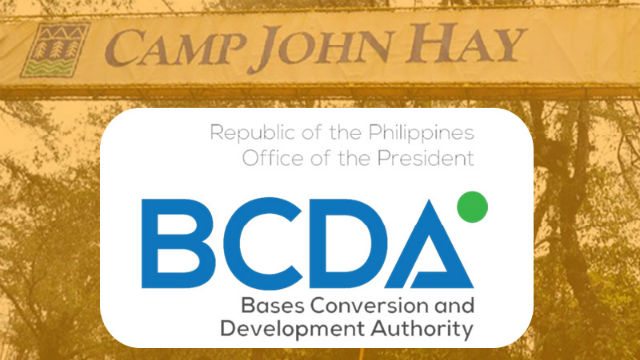The Cordillera is the watershed cradle of Northern Luzon with the abundant waters provided by the forests in mountains of the region used for power generation, irrigation, agricultural, domestic and other important uses for the lowland communities, especially in improving the productivity of vast tracks of lowland farmlands in the low-lying communities of the region up to the Cagayan Valley, Ilocos Regions and Central Luzon area. Aside from being the watershed cradle of the north, the Cordillera also serves as the premier ecotourism destination in the country because of the presence of well-preserved environments in the ancestral domains of and nurtured by the indigenous peoples through with their traditional governance and natural resource management systems.
Further, the region’s pristine nature is well-loved by more domestic and foreign visitors who frequent the region because of their desire of visit scenic and nature destinations. Admittedly, the destruction of the region’s environment due to harmful farming practices, like the establishment of permanent commercial vegetable farms in forested areas is a major serious problem for concerned government agencies and host communities as these definitely destroy the natural environment that is a natural pull for visitors to frequent such scenic destinations.
The environment department is mandated to strictly enforce environment laws to ensure the sustainable preservation and protection of the current state of the region’s environment to prevent its rapid deterioration that can result to a disaster in the region because the absence of trees that hold the soil from being washed down the river systems. On the other hand, the tourism department and concerned local governments are simply concentrating in aggressively promoting different tourist destinations in the region without first putting in place safety nets that will prevent the possible massive destruction of the environment and the pollution of waterways because of the absence of appropriate facilities for the people they want to flock to such beautiful destinations in their localities.
Moreover, the convergence program of the government on roads leading to tourist destinations has greatly contributed in improving mobility within the region which has seen increasing tourist arrivals in otherwise inaccessible tourist spots in the region outside Baguio City. Again, there seems to be absence or limited facilities that will ensure proper solid and waste water disposal, and relevant rules, regulations and monitoring systems to prevent desecration of sacred sites, destruction of natural features, among other pressing issues and concerns in such host communities. Many residents of communities near the identified tourist destinations have time and again complained on the alleged failure of concerned government agencies and the local government to prepare the appropriate governance measures in such destinations before opening the same for visits. While it is true that ecotourism is and will be a major economic driver of most parts of the region, concerned government agencies and local governments must put in place sufficient safety nets and monitoring systems so that the state of the environment, the existing culture and traditions as well as the history and the sceneries of such identified tourist destinations will not be compromised with the influx of people enticed by the aggressively promotion of tourist spots around the Cordillera.
We believe the region is not yet ready to receive the projected hundreds of thousands of local and foreign visitors being targeted by local governments to flock to these tourist destinations around the region unless and until the concept of ecotourism is well-understood by all concerned, and systems are in place to make it sustainable. Government has lot of homework to do to ensure that sensitive cultural sites, practices, traditions and history of the different tourist destinations will not be jeopardized or commercialized once the said areas will be opened for visitations year-round. The crafting of a comprehensive barangay, municipal, city, provincial and regional tourism master plan must first be put in place by concerned government agencies in close coordination with the different local governments and the communities so that there will be holistic approach on how to make tourism s one of the region’s major economic drivers.
The private sector is always ready to infuse investments to help in the growth and development of potential tourist destinations around the region but there is a need for the government to put in place the policies that govern these in such a way that there will be unnecessary changing of the rules in the middle of the game. Government needs the private sector as its reliable partner in charting the growth of the tourism industry in potential tourist destinations but the problem being encountered by investors is the reported absence of the appropriate public infrastructure that will pave the way for the influx of visitors who will be the primordial contributors in improving economic activities in remote villages.
By putting in place the appropriate policies and measures, we will surely avoid the possible commercialization of the rich culture and traditions of the indigenous peoples and ensure the same to be passed on to the coming generations.













